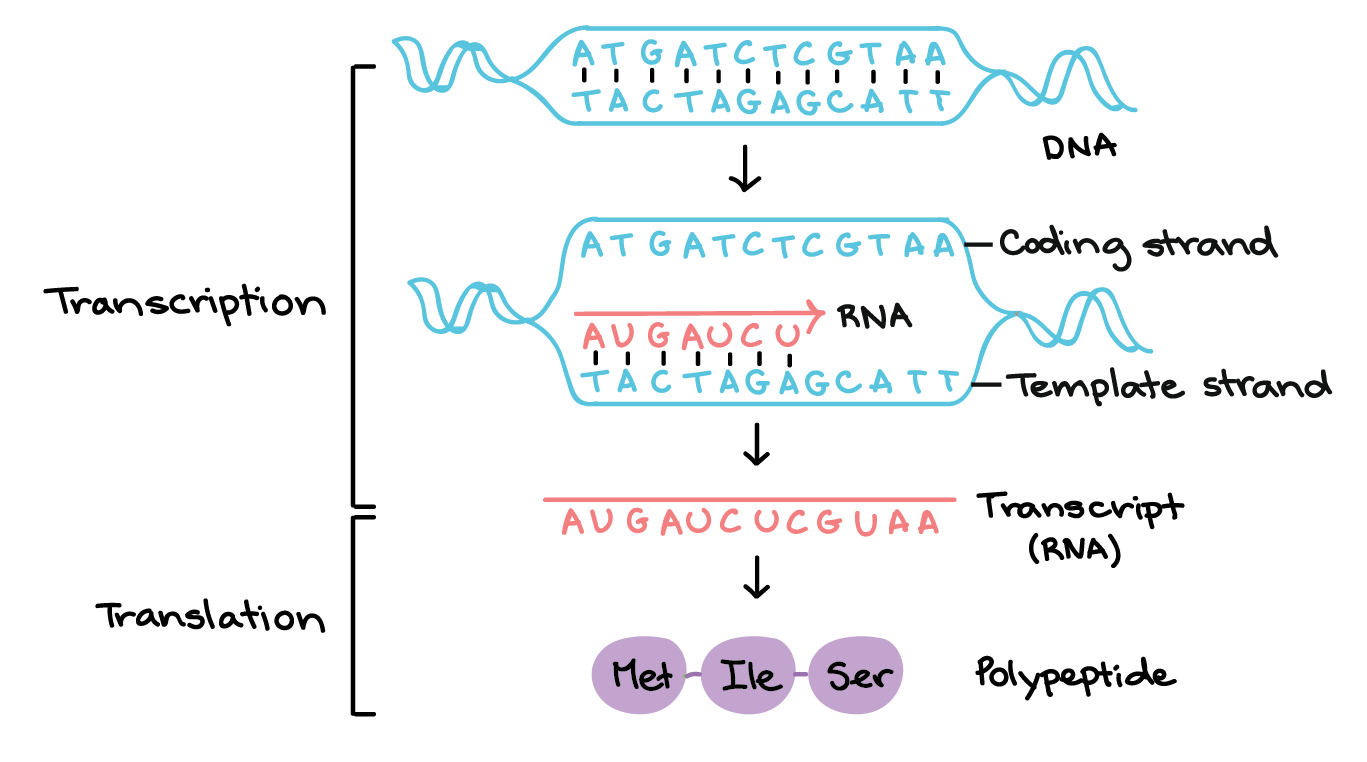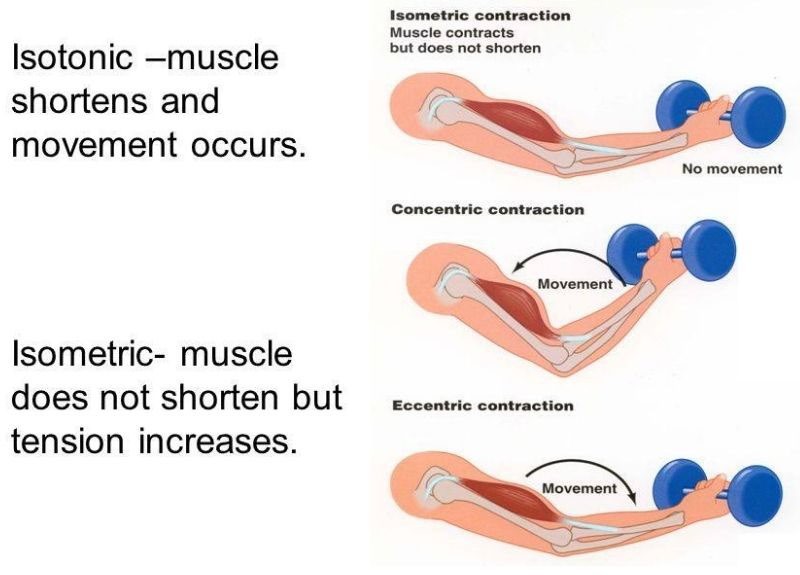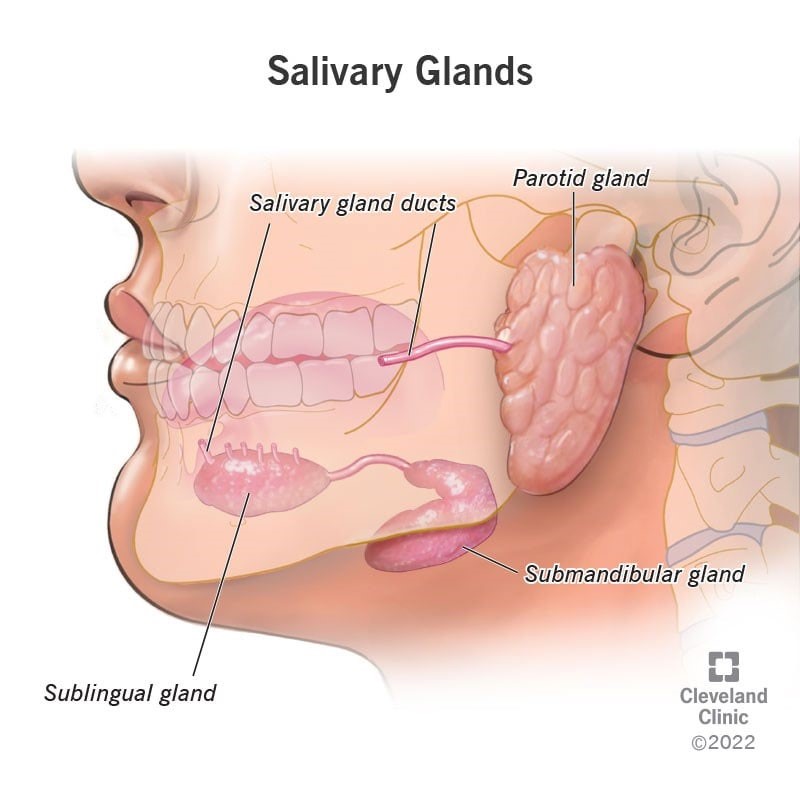Which of the following is the process by which DNA is copied into RNA?
Replication
Transcription
Translation
Mutation
Correct Answer : B
Transcription is the process by which DNA is copied into RNA. During transcription, the DNA molecule unwinds and RNA polymerase reads the DNA sequence and synthesizes a complementary RNA molecule using the DNA as a template.

TEAS 7 Exam Quiz Bank
HESI A2 Exam Quiz Bank
Find More Questions 📚
Teas 7 Questions: We got the latest updated TEAS 7 questions
100% Money Refund: 100% money back guarantee if you take our full
assessment pass with 80% and fail the actual exam.
Live Tutoring: Fully customized live tutoring lessons.
Guaranteed A Grade: All students who use our services pass with 90%
guarantee.
Related Questions
Correct Answer is B
Explanation
Isotonic and isometric contractions are two types of muscle contractions that differ in the amount of force produced and the movement of the muscle. In isotonic contractions, the muscle changes length and produces movement, such as lifting a weight. The force generated by the muscle remains constant throughout the movement. Isotonic contractions can be further classified as concentric contractions, in which the muscle shortens as it contracts, and eccentric contractions, in which the muscle lengthens as it contracts.
In contrast, isometric contractions occur when the muscle generates force without changing its length or producing movement. For example, holding a weight in a fixed position without moving it requires an isometric contraction. In an isometric contraction, the force generated by the muscle increases up to a maximum and then remains constant. Isometric contractions can be used to build strength and endurance in the muscle, but they do not produce movement.
 |
Correct Answer is B
Explanation
- A. Sarcoplasmic Reticulum → A specialized endoplasmic reticulum in muscle cells that stores and releases calcium for muscle contraction. ❌
- B. Muscle Fiber → Another name for a muscle cell, which is a long, cylindrical, multinucleated cell that makes up muscle tissue. ✅
- C. Sarcolemma → The cell membrane of a muscle fiber, which surrounds the muscle cell. ❌
- D. Myofilament → Protein structures (actin and myosin) within a muscle fiber that are responsible for contraction. ❌
Correct Answer is D
Explanation
- A. Nanolitres (nL) → Extremely small unit (1 nL = 0.000000001 L), used for microscopic measurements. ❌
- B. Microlitres (µL) → Also very small (1 µL = 0.000001 L), used in lab settings. ❌
- C. Litres (L) → Too large, as typical urine output per hour is much less than 1 L. ❌
- D. Millilitres (mL) → Suitable, since normal urine output per hour is about 30-80 mL. ✅
Correct Answer is B
Explanation
- Frontal Plane (Coronal Plane) → Divides the body into front (anterior) and back (posterior) halves. ❌
- Transverse Plane → A horizontal plane that divides the body into upper (superior) and lower (inferior) halves. ✅
- Sagittal Plane → Divides the body into left and right halves. ❌
- Coronal Plane → Another name for the Frontal Plane, which divides the body into front and back. ❌
Correct Answer is D
Explanation
- A. Adduction → Moving a limb toward the midline of the body. ❌
- B. Extension → Increasing the angle of a joint (e.g., straightening the arm or leg). ❌
- C. Flexion → Decreasing the angle of a joint (e.g., bending the elbow or knee). ❌
- D. Abduction → Moving a limb away from the midline (e.g., raising the arm or leg sideways). ✅
Correct Answer is A
Explanation
The nurse can logically conclude that:
✅ Treatment A results in the shortest recovery time.
- The data shows that Treatment A has a mean recovery time of 3 days, which is the shortest compared to Treatment B (5 days) and Treatment C (7 days).
The other statements are not supported by the given data:
❌ "Treatment C enhances patient satisfaction more than the others."
- There is no information about patient satisfaction, only recovery times.
❌ "Treatment B is as effective as Treatment A."
- Treatment B has a longer recovery time (5 days) compared to Treatment A (3 days), so it is not equally effective in terms of recovery speed.
❌ "Treatments A and B provide the same rate of recovery."
- Treatment A has a faster recovery time than Treatment B, so they do not have the same recovery rate.
Correct Answer is C
Explanation
The three major pairs of salivary glands are the parod glands, sublingual glands, and submandibular glands. The parotid glands are located just in front of your ears. The sublingual glands are below either side of your tongue, under the floor of your mouth. The submandibular glands are located below your jaw ¹.

Correct Answer is A
Explanation
- Enzymatic reactions follow a Michaelis-Menten curve.
- As substrate concentration increases, the reaction rate initially increases rapidly.
- However, at high substrate concentrations, the enzyme becomes saturated, meaning all active sites are occupied, and adding more substrate does not increase the reaction rate further.
- This leads to a plateau in reaction rate, which is represented by line A.
Analysis of the Other Lines:
- B: Shows a linear decrease, which does not represent enzyme kinetics. ❌
- C: Depicts a constant reaction rate independent of substrate concentration, which is incorrect. ❌
- D: Shows a decreasing reaction rate, which does not align with enzyme behavior. ❌
Correct Answer is C
Explanation
Innate immunity is a fundamental aspect of the body's defense mechanism that operates from birth. It offers immediate protection against a wide range of pathogens, such as bacteria, viruses, and fungi, without requiring prior exposure to these invaders.
This defense system is non-specific, meaning it doesn't target a particular pathogen but rather provides a generalized response to various threats. Innate immunity includes physical barriers like the skin and mucous membranes, as well as cellular components such as phagocytes and natural killer cells. These elements work together to detect and neutralize potential threats swiftly, preventing infections from taking hold in the body.
Correct Answer is D
Explanation
A double-blind study is a research design in which neither the participants nor the researchers know which group participants are assigned to. This is done to minimize bias and ensure that the results of the study are as objective as possible. In a double-blind study, the treatment and control groups are randomly assigned, and the participants and researchers are unaware of which group each participant is assigned to.
Option a) is an example of a randomized controlled trial, which is a common research design, but it is not necessarily double-blind.
Option b) is an example of an open-label study, in which both the participants and the researchers know which group each participant is assigned to.
Option c) is an example of a single-blind study, in which the participants do not know which group they are assigned to, but the researchers do.

This question was extracted from the actual TEAS Exam. Ace your TEAS exam with the actual TEAS 7 questions, Start your journey with us today
Visit Naxlex, the Most Trusted TEAS TEST Platform With Guaranteed Pass of 90%.
Money back guarantee if you use our service and fail the actual exam. Option of personalised live tutor on your area of weakness.
